
Operations with Two Functions
By Stephanie Britt

Operations with Two Functions
By Stephanie Britt
If we consider the functions
f(x) and g(x)

with their graphs that look
like:
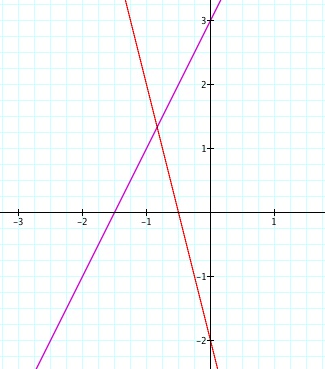
If we then perform the addition operation on the two functions what will we get?
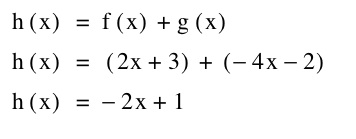
With the graph looking like
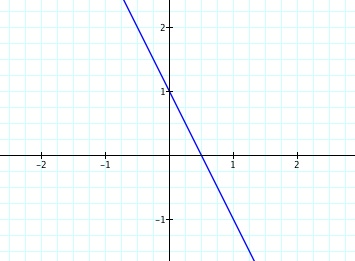
We see that the addition of two linear functions is just another linear function.
Now if we consider
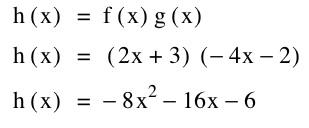
So we can see that with the multiplication of two linear functions we get a quadratic function. The graph is below.
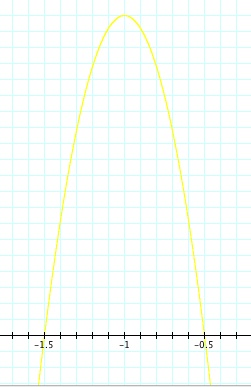
We can see from the equation that the graph is negative and would face down and if we solved it we would find that the zeros are at
(-3/2) and (-1/2)
The graph helps confirm this.
When we divide two linear equations we should get another interesting graph with asymptotes.
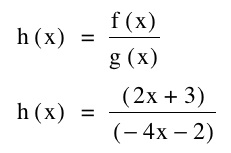
The graph of the division equation is a little more interesting than the quadratic equation.
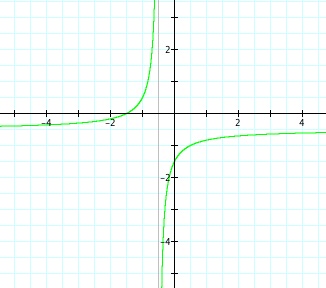
The asymptotes occur at x=-1/2 and y=-1/5.
The last operation that we will consider with regards to f(x) and g(x) is the composition of them both.
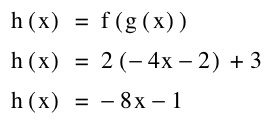
With the graph looking like
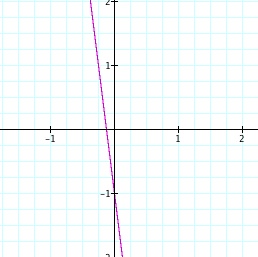
Not as interesting as I would like it to be.
So let's try two different equations and see what we can create.
If we have j(x) and k(x), where
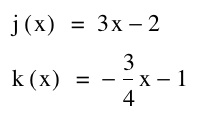
and their graphs are
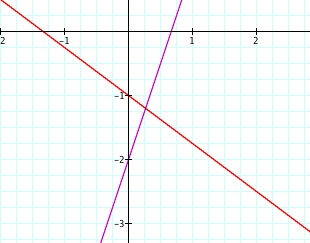
With the addition of both functions j(x) and k(x) we get

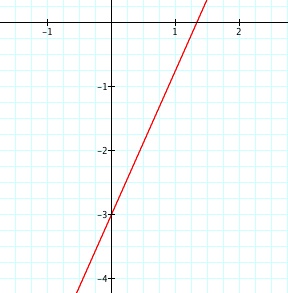
If we multiply j(x) and k(x) we get

with the graph looking like
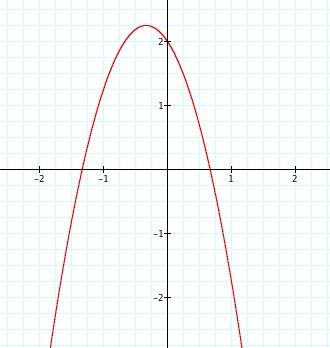
We see that we have a parabola just like in the first case. Nothing exciting or new here.
Let's try dividing the two functions.
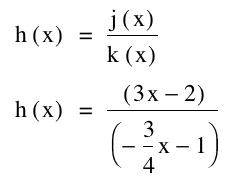
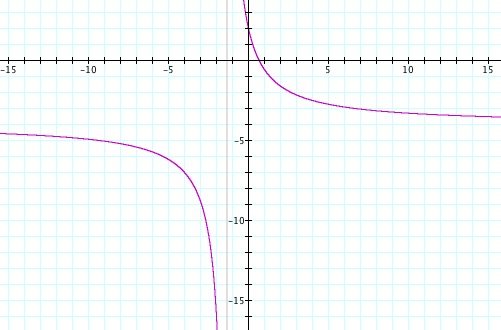
I always find these graphs to be a little more interesting. Asymptotes always add some spice to graphing.
We have a horizontal asymptote at y=-4
and a vertical asymptote at x=-4/3
Now if find the composite to the two functions we wil find something more interesting than the last pair of functions?
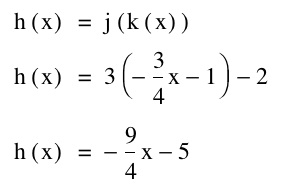
with the graph looking like
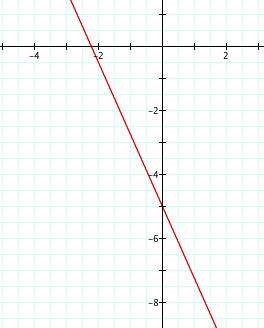
I was hoping for something more than just a linear function. Maybe if you explore with your own you can create something interesting.